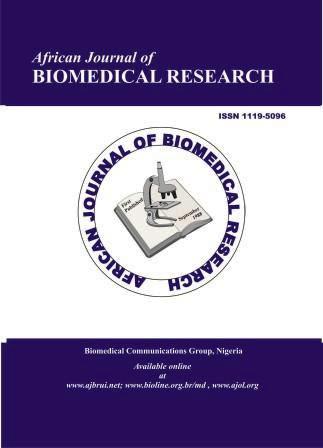The Multifaceted Burden of Vitiligo: Global Epidemiology, Complex Etiology, Signalling, and Emerging Therapeutic Interventions
DOI:
https://doi.org/10.53555/AJBR.v26i3.7721Keywords:
Vitiligo, Personalized medicine, melanocytes, autoimmune disorder, CD8+ cells, IFN-γ, depigmentationAbstract
Vitiligo, a complicated skin condition characterized by depigmented patches, has far-reaching ramifications for both affected people and the medical community. This article gives a succinct assessment of the condition's importance, prevalence, and devastating impact on the lives of individuals affected. Vitiligo prevalence varies among populations and age ranges, affecting both genders and people of various races. Beyond its physical manifestations, vitiligo has a significant psychosocial impact, frequently impairing self-esteem, body image, and general quality of life. This article serves as a precursor to a more in-depth examination of vitiligo's multidimensional character, including its underlying causes, treatment choices, etiology, and the revolutionary potential of bioinformatics for personalized precision. By projecting light on the complexity of vitiligo and its far-reaching impacts, this article sets the ground for a complete assessment that aims to increase our understanding and improve the care of people suffering from this perplexing skin condition.
Downloads
Published
Issue
Section
License
Copyright (c) 2023 Heena Javed Aga, Altaf Ahmad Shah, Salman Akhtar (Author)

This work is licensed under a Creative Commons Attribution 4.0 International License.









